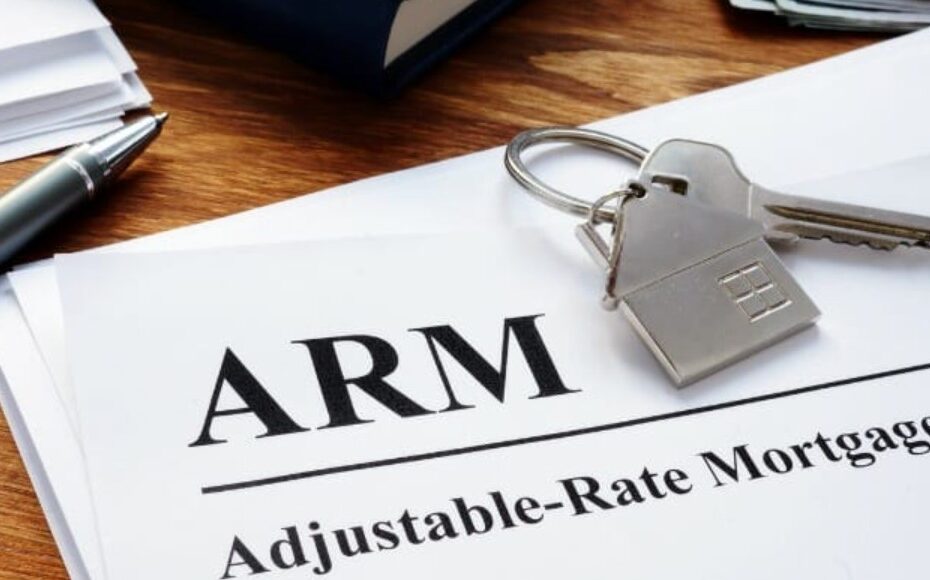This article will explain What Attracts Borrowers To Adjustable Rate Mortgages? The allure of Adjustable Rate Mortgages (ARMs) lies in their initial lower interest rates and the promise of smaller monthly payments. For many homebuyers, ARMs offer an enticing entry point into homeownership, presenting a financially manageable path in the short term.
This mortgage type adjusts with the market, which can be a double-edged sword, but the initial savings are a powerful draw. Borrowers often bank on future financial growth or plan for a strategic refinance, leveraging the initial benefits of ARMs to their advantage. The key to their appeal is the blend of potential savings, flexibility, and strategic financial planning that they offer to inform borrowers.
Key Takeaways
- ARMs offer lower initial interest rates, making the initial cost of borrowing more affordable.
- The potential for future rate decreases can be a gamble that entices financially savvy borrowers.
- ARMs can be beneficial for those who plan to sell or refinance before the rate adjusts.
What Attracts Borrowers To Adjustable Rate Mortgages?
Borrowers are drawn to Adjustable Rate Mortgages (ARMs) because they typically start with lower interest rates than fixed-rate mortgages. This initial rate, which can be locked in for months or a few years, offers the benefit of lower monthly payments early in the loan term.
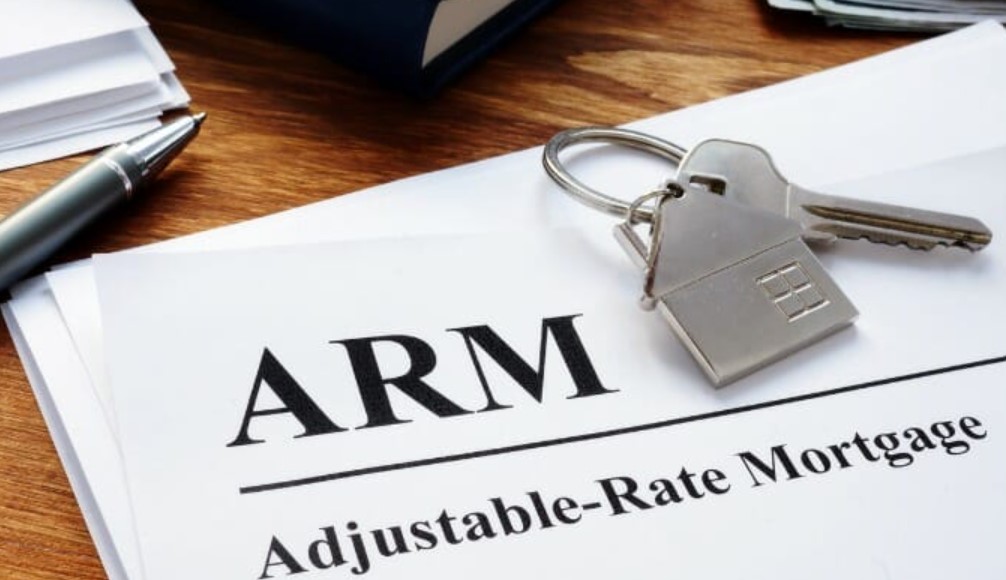
However, once the introductory period ends, the interest rate—and consequently, the monthly payments—can increase or decrease, depending on a financial index. ARMs may include caps that limit the interest rate’s variability, offering some protection against extreme fluctuations.
Understanding the terms of adjustment, such as frequency, caps, and the loan’s maximum allowable interest rate, is crucial for borrowers considering an ARM.
The Appeal of Adjustable Rate Mortgages
What attracts borrowers to adjustable rate mortgages is often the prospect of a lower initial payment. This can significantly reduce the financial burden in the early years of the mortgage, providing flexibility and savings. Borrowers may also be swayed by the possibility of interest rates falling over time, potentially lowering their payments in the future.
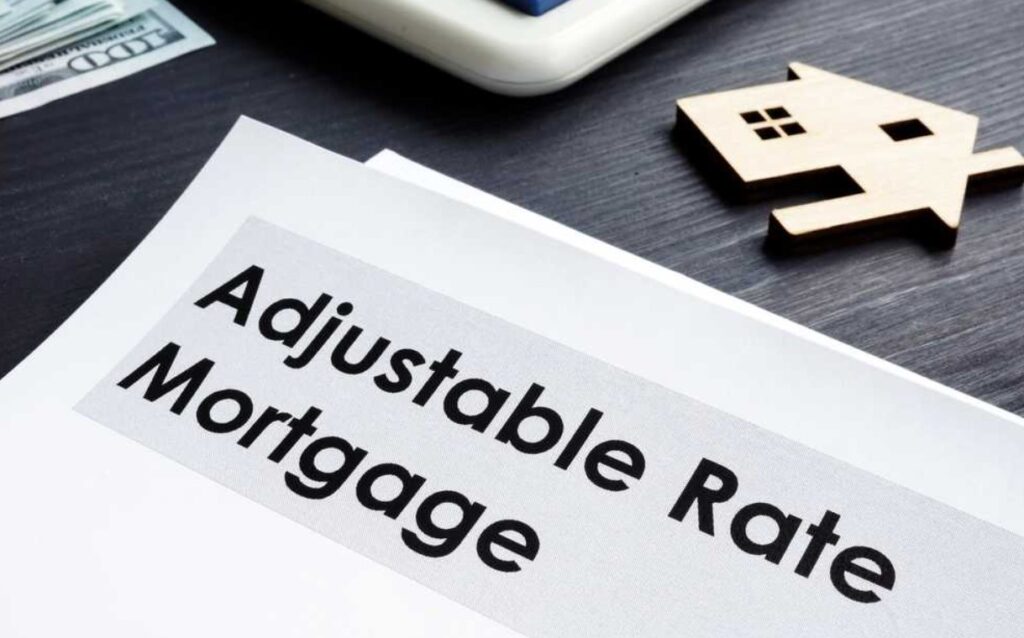
Financial Flexibility
The initial lower payments provide borrowers with breathing room in their budgets. This flexibility can be particularly advantageous for those expecting their incomes to rise over time, aligning with potential rate increases.
Short-Term Affordability
For those not planning to stay in their homes long-term, ARMs offer an affordable short-term solution. The lower initial rates mean cheaper payments, making it a strategic choice for individuals who plan to move before the rate adjusts.
Betting on the Future
Some borrowers are attracted to the gamble of declining interest rates. If the rates fall, their gamble pays off with even lower payments, aligning with a strategy that plays to future market conditions.
Understanding the Risks
While the initial rates are attractive, borrowers must understand the potential for rate increases. An ARM can become more expensive over time if interest rates rise, which could increase monthly payments and the total cost of the loan.
Rate Adjustment Caps
Caps are in place to limit the amount an interest rate can increase during adjustment periods. These caps provide some protection against drastic rate spikes, offering a layer of security to borrowers.
Indexed Interest Rates
ARMs are tied to a specific financial index, and as this index fluctuates, so does the interest rate. Borrowers attracted to ARMs often monitor these indices closely to anticipate changes in their mortgage payments.
Comparing ARMs to Fixed-Rate Mortgages
When considering an ARM, it’s crucial to compare it to fixed-rate mortgages. While fixed rates offer stability, ARMs can initially be more affordable and provide the opportunity for lower payments if interest rates decrease.
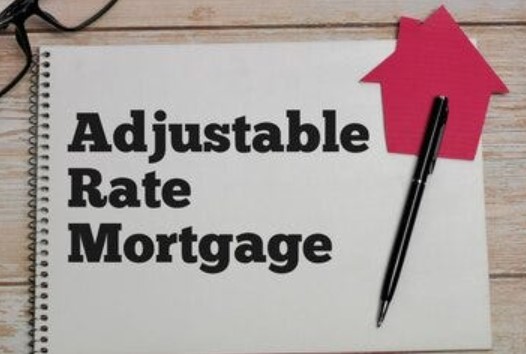
Predictability vs. Potential Savings
Fixed-rate mortgages offer the security of a constant interest rate, while ARMs offer the potential for savings with initial lower rates and the possibility of rate decreases.
Long-Term Costs
Over the long term, ARMs may end up being more expensive if interest rates rise significantly. Borrowers must weigh the initial savings against the potential for higher costs down the line.
ARM Structure and Phases
Understanding the structure of an ARM is key to making an informed decision. The initial lower interest rate phase is followed by periodic adjustments that can change the rate and, consequently, the monthly payment.
Initial Rate Period
The initial rate period of an ARM is set at a lower rate, which lasts for a predetermined amount of time, typically 3-10 years.
Adjustment Periods
After the initial period, the interest rate adjusts at regular intervals. The frequency of these adjustments is an important consideration for borrowers.
Market Conditions and ARM Popularity
The popularity of Adjustable Rate Mortgages (ARMs) ebbs and flows with market conditions. When interest rates are high, ARMs become more attractive as they offer a lower initial rate than fixed-rate mortgages.

Borrowers may opt for an ARM with the expectation that rates will drop in the future, allowing them to benefit from lower payments. Conversely, in a low-interest-rate environment, the appeal of ARMs might diminish as the potential for rate increases could lead to higher future payments.
Economic Predictions and Borrower Confidence
Borrowers’ confidence in the economy can significantly influence their decision to choose an ARM. If economic forecasts predict stable or declining interest rates, ARMs become more appealing. Borrowers with a positive outlook on their financial future are more likely to take the risk associated with an ARM, betting that they’ll be able to handle potential rate increases or refinance if necessary.
The Role of Lenders in Promoting ARMs
Lenders play a crucial role in the popularity of ARMs by how they market these products. During periods of economic uncertainty, lenders might promote ARMs more aggressively, highlighting the lower initial payments and downplaying the risks of rate increases. It’s essential for borrowers to critically assess lenders’ promotions and consider independent financial advice to ensure an ARM is suitable for their situation.
ARM Variants and Borrower Strategies
Not all ARMs are created equal, and the variety of ARM products available allows borrowers to choose one that best fits their strategy. Some ARMs come with interest-only periods, while others offer a variety of adjustment frequencies. Borrowers might select a hybrid ARM with a longer fixed-rate period if they plan to stay in their home for an intermediate amount of time.
Tailoring the ARM to the Borrower’s Plan
Savvy borrowers will tailor the type of ARM to their financial plans. For instance, a borrower who plans to upgrade their home in a few years may opt for a 5/1 ARM, enjoying five years of low, stable payments before selling the property. This strategy can minimize the amount paid on interest while providing the flexibility to move without the penalty of a higher fixed rate.
Interest-Only and Payment-Option ARMs
Some borrowers may be attracted to interest-only ARMs, which allow them to pay just the interest for a certain period, or payment-option ARMs, which offer a choice of payment methods each month. These options can provide significant cash flow advantages in the short term but require a clear understanding of the long-term implications, as they can lead to negative amortization and eventually higher payments.
The Psychological Factors Influencing ARM Choices
The decision to choose an ARM is not solely based on financial calculations; psychological factors also play a significant role. The initial lower payments can provide a sense of immediate gratification and the feeling of getting a ‘deal’ on a mortgage. For some, the risk associated with ARMs is seen as a challenge, with the belief that they can outsmart the market.
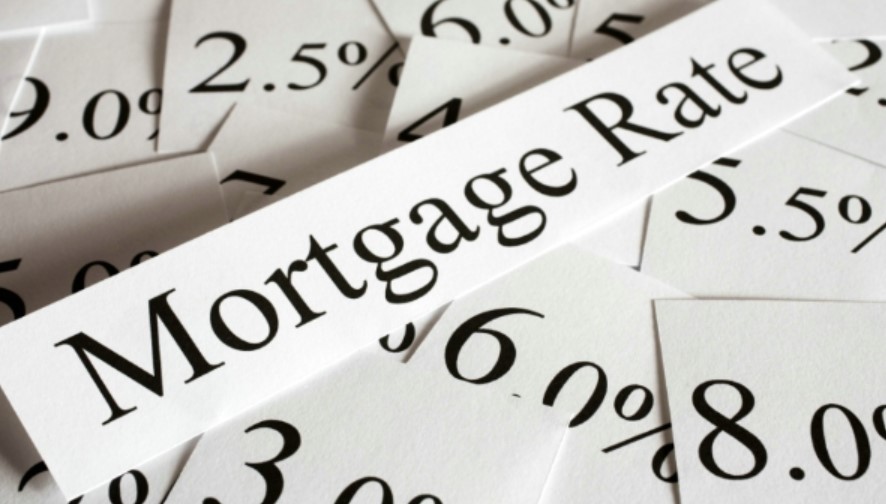
The Allure of ‘Beating the System’
Many borrowers are drawn to ARMs because they believe they can predict market trends or plan to refinance before rates rise. This confidence, sometimes misplaced, can be a powerful motivator. It’s a financial strategy that, if successful, can pay off, but it requires vigilance and a willingness to act quickly in response to market changes.
The Impact of Peer Influence and Trends
Peer influence and market trends can also sway borrowers towards ARMs. If there’s a widespread perception that savvy investors are choosing ARMs, others may follow suit, believing it to be a wise financial move. The fear of missing out on potential savings can drive borrowers to choose an ARM over a more traditional fixed-rate mortgage.
The Future of ARMs in a Changing Economy
As the economy evolves, so does the landscape of mortgage products. ARMs may undergo transformations to adapt to new financial environments, regulatory changes, and borrower preferences. Innovations in mortgage products could see the introduction of new types of ARMs with features that offer more protection to borrowers or align with specific investment strategies.
Regulatory Changes and ARM Adaptations
Regulatory changes following economic downturns often aim to protect consumers from risky financial products. Future ARMs might come with more stringent qualification requirements or clearer terms to ensure borrowers fully understand the risks. Lenders may also develop ARMs with more favorable adjustment caps or longer fixed-rate periods to attract cautious borrowers.
Technological Advancements and Borrower Tools
Technology will likely play a significant role in the future of ARMs. Online platforms and mobile apps could provide borrowers with real-time data on interest rate changes, helping them make more informed decisions about when to refinance or switch to a fixed-rate mortgage. These tools could empower borrowers to manage their ARMs proactively, reducing the risks associated with interest rate fluctuations.
Adjustable Rate Mortgage: What Is It And How Does It Work?
An Adjustable Rate Mortgage (ARM) is a type of home loan with an interest rate that can change over time, based on a specific financial index. Initially, ARMs offer a fixed interest rate for a set period, which is typically lower than fixed-rate mortgages, making the initial payments more affordable.

After this initial period, the interest rate resets at regular intervals, which could be annually or monthly. The rate adjustment is tied to a benchmark index plus a set margin, ensuring some predictability in the adjustments. ARMs often include rate caps to limit the extent of interest rate changes, providing some protection to borrowers from drastic fluctuations in their monthly payments.
Why Do People Get Adjustable Rate Mortgages?
People opt for adjustable-rate mortgages to take advantage of the lower initial interest rates, which translate into lower monthly payments at the start of the mortgage. This can be particularly attractive for those who plan to sell their home or refinance before the rate adjusts.

ARMs are also suitable for borrowers who expect their future income to increase, allowing them to handle potential rate increases. Additionally, the flexibility of paying less when market rates are low is appealing, though it comes with the risk of payments increasing when rates rise.
What Factors Affect An Adjustable-Rate Mortgage?
The interest rate of an ARM is influenced by a benchmark or index, which reflects the broader economic conditions. Common indices include the prime rate, the Secured Overnight Financing Rate (SOFR), or the rate on short-term U.S. Treasuries.
The ARM margin, a fixed rate added to the index, also affects the overall interest rate of the ARM. Furthermore, credit scores can impact the rates offered to an individual borrower. Rate caps are another critical factor, as they limit how much the interest rate can increase during each adjustment period and over the life of the loan, affecting the long-term cost of the mortgage.
Conclusion
The allure of adjustable rate mortgages lies in their initial affordability and the financial flexibility they offer. However, the potential for rate increases requires a careful assessment of one’s financial stability and long-term housing plans. Borrowers must balance the initial benefits with the risks of future rate adjustments, ensuring that an ARM aligns with their financial goals and circumstances.
Frequently Asked Questions
How does the interest rate on an ARM determine?
The interest rate on an ARM is determined by an index plus a margin. The index is a benchmark interest rate that reflects general market conditions and changes with market fluctuations. The margin is a set percentage that remains constant over the life of the loan. The sum of the index and margin equals the ARM’s interest rate.
What are the benefits of choosing an ARM?
The primary benefit of an ARM is the potential for a lower initial interest rate compared to fixed-rate mortgages. This can result in lower initial monthly payments, making homeownership more accessible. ARMs can also be beneficial if interest rates drop over time, as the adjustable rate may result in lower payments.
How can borrowers protect themselves from rate increases in ARMs?
Borrowers can protect themselves by choosing an ARM with rate caps, which limit how much the interest rate can increase during each adjustment period and over the life of the loan. Additionally, understanding the terms of the ARM, such as the adjustment frequency and the index it’s tied to, can help borrowers anticipate changes in their payments.
Are there different types of ARMs?
Yes, there are several types of ARMs, including hybrid ARMs, interest-only ARMs, and payment-option ARMs. Hybrid ARMs have an initial fixed-rate period followed by an adjustable-rate period. Interest-only ARMs allow borrowers to pay only the interest for a certain period. Payment-option ARMs offer multiple payment options, including interest-only payments and a minimum payment option.

Muhammad Talha Naeem is a seasoned finance professional with a wealth of practical experience in various niches of the financial world. With a career spanning over a decade, Talha has consistently demonstrated his expertise in navigating the complexities of finance, making him a trusted and reliable figure in the industry.
